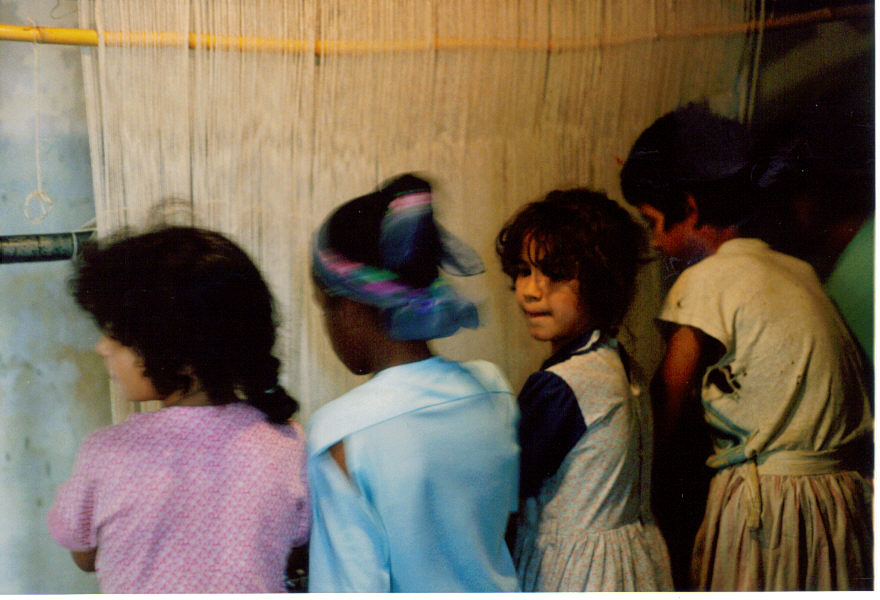10 Facts About Child Labor in Morocco

Morocco, led by the Justice and Development Party, has directly targeted poverty and led efforts to support social programs, employment opportunities and income equality. Although the real GDP of Morocco has been declining, economic growth is expected to increase by 3.3 percent between 2020 and 2021. In 2005, the Human Rights Watch released reports highlighting the relationship between child labor and the economy of Morocco. Since then, the Human Rights Watch, the United Nations and the World Bank have poured resources into Morocco in order to alleviate child labor and the economic strains which require families to push their children into labor. The Justice and Development Party has made significant progress in fighting child labor in Morocco; however, there is still work to be done. Here are 10 facts about child labor in Morocco.
10 Facts about Child Labor in Morocco
- Children in Domestic Work in Morocco: In 2017, 247,000 children between the age of seven and 17 had to work. Of these, 81.4 percent dropped out of school and 8 percent never attended school. The majority of these children live in rural areas. Morocco passed a human trafficking law that increased protections for children who were at risk for trafficking. This measure prohibited hazardous work for children, increased labor inspectors to enforce child labor laws and increased the criminal punishment for child labor.
- Legal Framework in Morocco: Many of the laws and regulations in Morocco do not meet international standards. Its 2018 laws on child labor, however, significantly improved legal protections for children. Morocco increased the minimum age for hazardous work to 18 and made education compulsory until 15 years old.
- Causes of Child Labor in Morocco: Poverty, poor quality education and a lack of access to education, electricity and water all impact whether or not children work. The rural population in Morocco is particularly susceptible to child labor due to the reliance of the rural economy on agriculture, rain patterns and rural-urban migration.
- Dangerous Forms of Labor in Rural Areas: In rural areas, 55 percent of working children work in unsafe environments. These environments include agriculture industries, forestry and fishing. Among these 154,000 children who work in rural areas, 20 percent work full time.
- Dangerous Forms of Labor in Urban Areas: In urban areas, the majority of children work full time in manufacturing or construction. Ninety-three percent of children who work in construction and public works work in hazardous environments.
- Abuse of Children in the Workplace: The Human Rights Watch reports that not only do many children participate in dangerous forms of labor, but many children are also abused in the workplace. Girls are especially vulnerable to deception regarding working conditions. Many girls work without a break for 12 hours at a time with no days off, and not enough food. Although Morocco limits workers to 44 hours per week, some girls reported working over 100 hours a week without a day off.
- Low Wages: Child laborers often work long hours for very low wages. The Human Rights Watch reports that on average, girls earn $61 per month, which is $261 below the average minimum wage for the industrial sector in Morocco. In Morocco, many employers provide room and board for child laborers. While this payment may seem thoughtful at first, girls report that they are often underfed and live in poor conditions. This only furthers the abuse that these children experience at the hands of their employers.
- Child Poverty and Child Labor: Between 2001 and 2014, the High Commission for Planning in Morocco reported that child poverty decreased by 6.2 percent per year. Because poverty is a leading cause of child labor, between 2001 and 2014, child labor also decreased.
- Promise Pathways Helps Decrease Child Labor: The United States Labor Department’s Bureau of International Labor Affairs funds Morocco’s Promise Pathways program, which creates a web of local individuals dedicated to working with local communities to target causes of child labor, including education quality and learning opportunities. In addition to educational programs, Promise Pathways provides alternatives to domestic work, such as classes and coaching. Since its inception, 4,300 children have been lifted out of child labor.
- Overall Decrease in Children in the Workplace: Although Morocco is a long way from ensuring that no children have to work, Morocco has decreased the overall number of children in domestic labor. In 1999, 517,000 children were child laborers. In 2011, only 123,000 children were engaged in domestic labor. The number of children working in domestic labor increased between 2011 and 2017 due to the decline in the economy. However, the Human Rights Watch estimates that human trafficking laws will alleviate child labor in Morocco.
These 10 facts about child labor in Morocco shed light on the difficulties child laborers face. With continued efforts by the Human Rights Watch and other humanitarian organizations, hopefully child labor will continue to decrease.
– Denise Sprimont
Photo: Flickr
